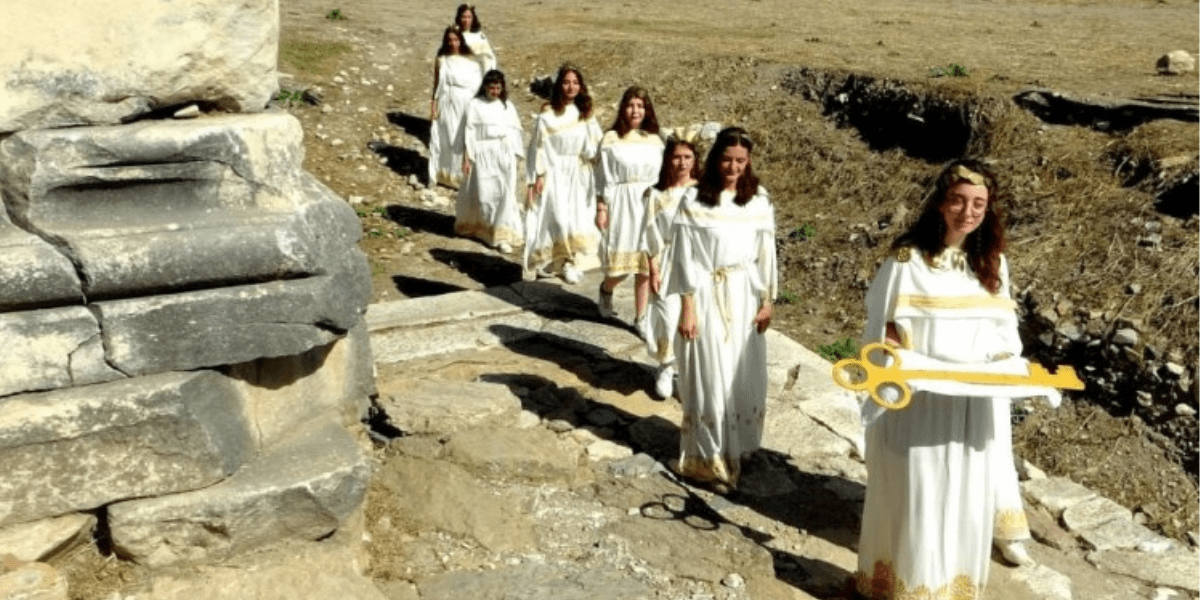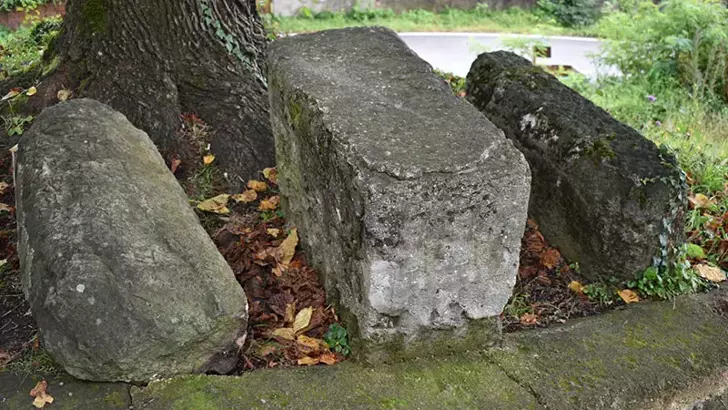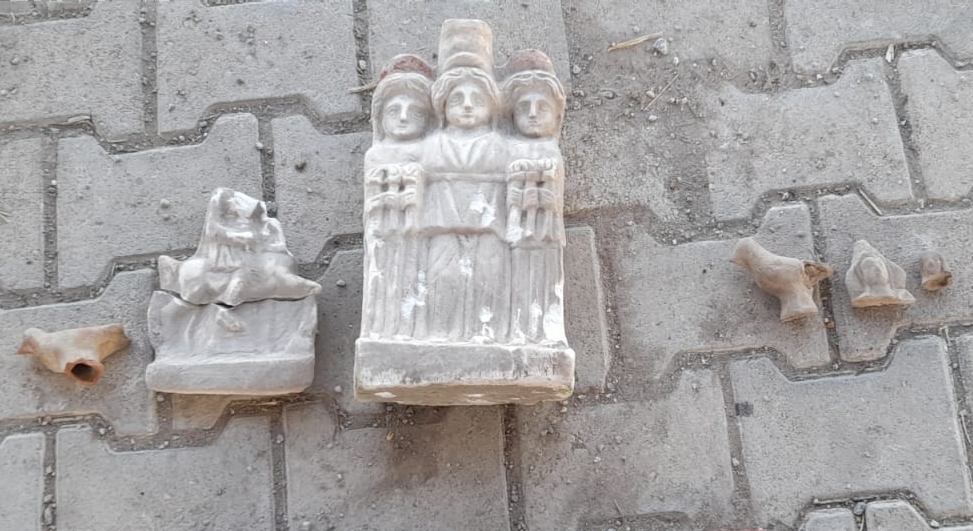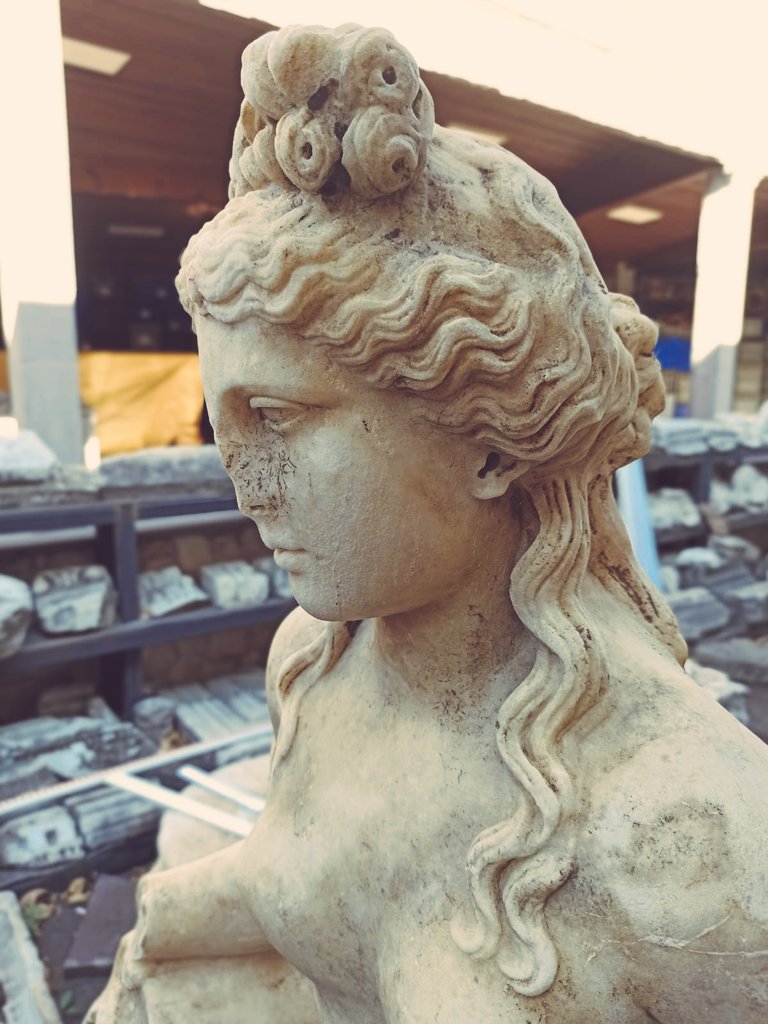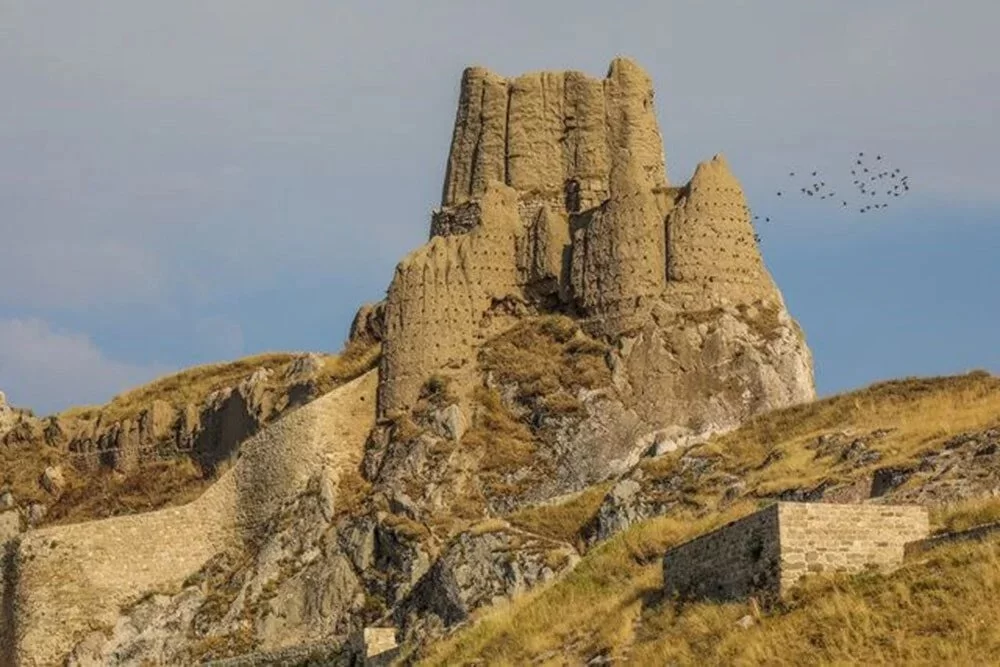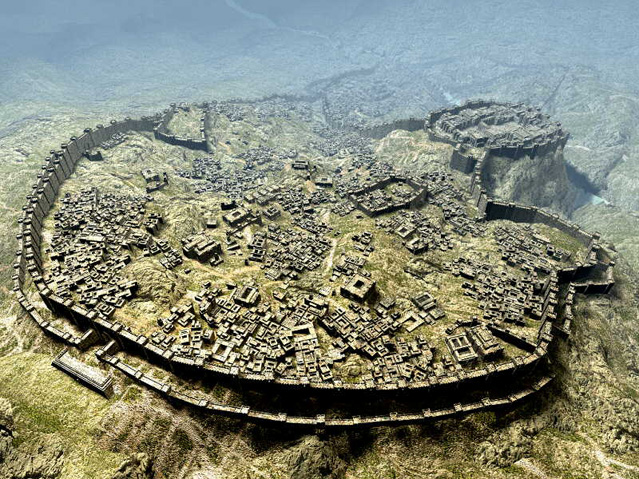In the world’s largest marble ancient city, Stratonikeia, a historical tradition was revived with the participation of university students.
The Hekatesia ceremony, also known as the key transfer ceremony, was held to declare loyalty from the religious center of Lagina to the political center of Stratonikeia, a tradition that dates back 3,500 years.
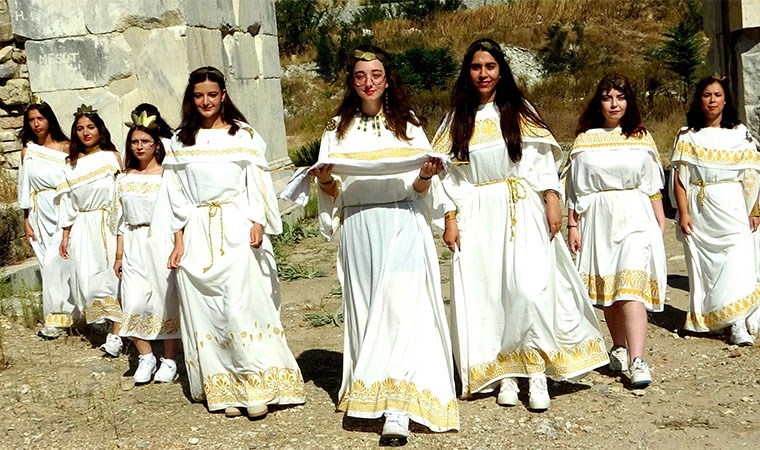
Stratonikeia is located in the Yatağan district of Muğla, in southwestern Türkiye.
The key transfer procession, which started from the North Gate, concluded at the Bouleuterion (Council Building), one of the most important structures in Stratonikeia. The student, welcomed by protocol members, handed the key to the Mayor of Yatağan, Mesut Günay. This symbolic handover ceremony once again revived the loyalty of Lagina to Stratonikeia.
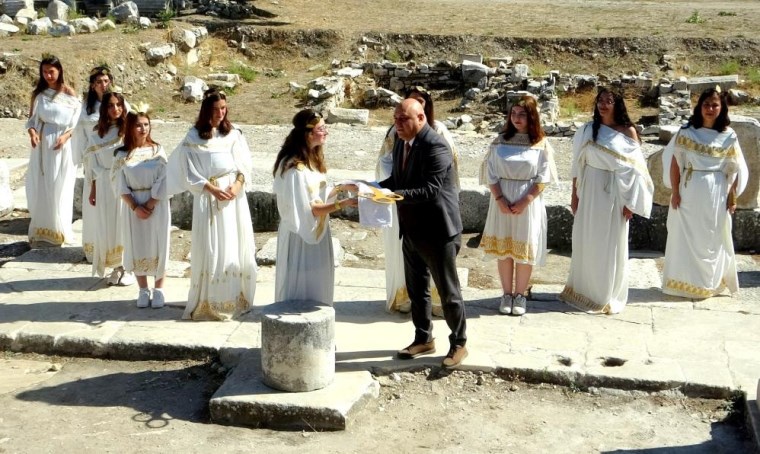
The head of the Stratonikeia Ancient City excavation team, Prof. Dr. Bilal Söğüt, emphasized the importance of the ceremony for both the ancient city and the region’s cultural heritage in a statement made after the event. Söğüt stated, “Artifacts from a 3,500-year-old historical period are preserved, exhibited, and passed down to future generations here. Ceremonies were held here 2,300 years ago, and these ceremonies were among the most important traditions of the region. Today, reviving this tradition, even symbolically, is very valuable for us.”
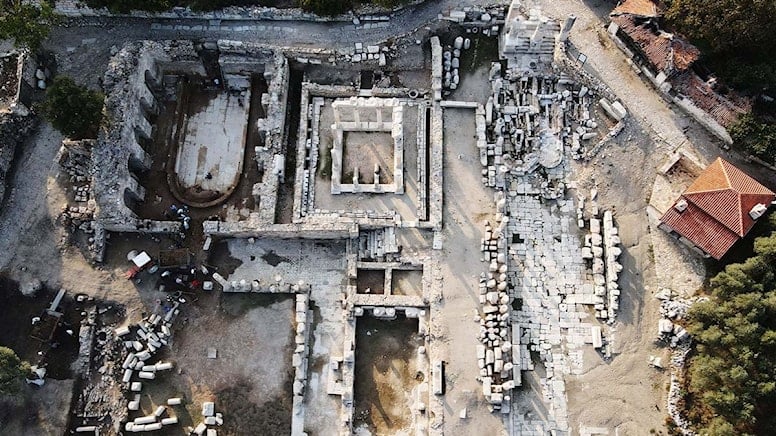
Stratonikeia was founded in the 3rd century BC when the Syrian King Seleucus I gave his wife Stratonike to his son Antiochus. Antiochus founded the city in honor of Stratonike, who was both his stepmother and later his wife. According to the traveler and writer Strabo, the city was decorated with beautiful structures. Excavations have revealed coins indicating that Stratonikeia began to be minted when it gained independence from Rhodes in 167 BC and that this continued until the time of Gallienus (253-268 AD).

